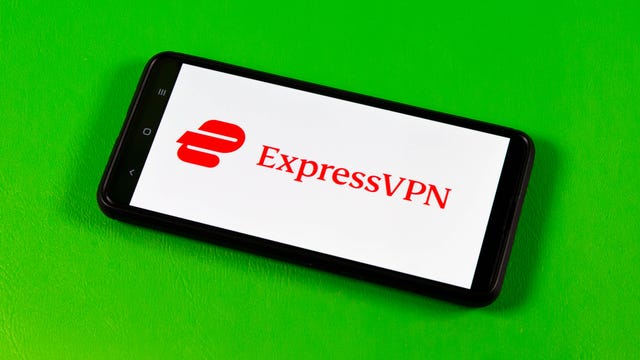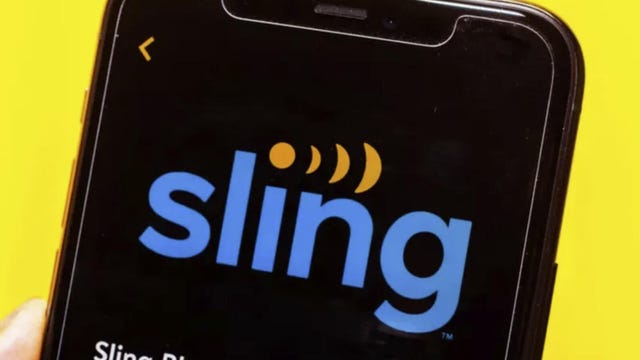Technologies
Watch UEFA Nations League Soccer: Livestream Netherlands vs. Croatia From Anywhere
Coaches Ronald Koeman and Zlatko Dalić lock horns in this first semifinal in Rotterdam.
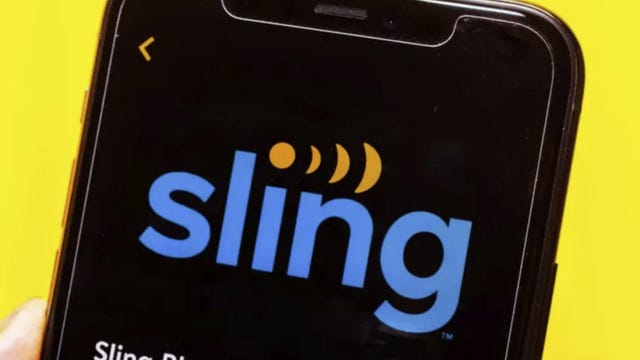
While the regular season for European club teams is now over, the soccer still keeps on coming, with Netherlands going toe to toe today against Croatia in the first semifinal of this year’s UEFA Nations League, the continent’s secondary international competition.
Spain and Italy are contesting the second semifinal tomorrow, with the prize for the overall winner in Sunday’s final a kinder group of five teams, instead of the usual six, in the upcoming qualifiers for the 2026 World Cup.
Striker Memphis Depay and defender Matthijs de Ligt both miss out through injury out for the hosts, with Newcastle’s Sven Botman set to make his debut in the famous orange shirt. The seemingly ageless Luka Modrić is set to be the fulcrum of a Croatian midfield three alongside Mateo Kovačić and Marcelo Brozović.
Below, we’ll outline the best live TV streaming services to use to watch the game live wherever you are in the world.

Netherlands vs. Croatia: When and where?
Netherlands host Croatia at the De KuipStadium in Rotterdam on Wednesday, June 14. Kickoff is set for 8:45 p.m. CET local time in the Netherlands (7.45 p.m. BST in the UK; 2.45 p.m. ET or 11.45 a.m. PT in the US; and 4.45 a.m. AEST on Thursday, June 15 in Australia). The final is this Sunday, June 18.
How to watch the Netherlands vs. Croatia game online from anywhere using a VPN
If you find yourself unable to view the game locally, you may need a different way to watch the game — that’s where using a VPN can come in handy. A VPN is also the best way to stop your ISP from throttling your speeds on game day by encrypting your traffic, and it’s also a great idea if you’re traveling and find yourself connected to a Wi-Fi network, and you want to add an extra layer of privacy for your devices and logins.
With a VPN, you’re able to virtually change your location on your phone, tablet or laptop to get access to the game. So if your internet provider or mobile carrier has stuck you with an IP address that incorrectly shows your location in a blackout zone, a VPN can correct that problem by giving you an IP address in your correct, nonblackout area. Most VPNs, like our Editors’ Choice, ExpressVPN, make it really easy to do this.
Using a VPN to watch or stream sports is legal in any country where VPNs are legal, including the US, UK and Canada, as long as you have a legitimate subscription to the service you’re streaming. You should be sure your VPN is set up correctly to prevent leaks: Even where VPNs are legal, the streaming service may terminate the account of anyone it deems to be circumventing correctly applied blackout restrictions.
Looking for other options? Be sure to check out some of the other great VPN deals taking place right now.
ExpressVPN is our current best VPN pick for people who want a reliable and safe VPN, and it works on a variety of devices. It’s normally $13 per month, and you can sign up for ExpressVPN and save 49% plus get three months of access for free — the equivalent of $6.67 per month — if you get an annual subscription.
Note that ExpressVPN offers a 30-day money-back guarantee.
Livestream the Netherlands vs. Croatia game in the US
Wednesday’s big match at the De Kuip will be available to stream on Fox Sports 1, which has live broadcast rights in the US for the remaining UEFA Nations League fixtures for this season.
Among the live TV streaming services that carry local Fox Sports 1, the cheapest is Sling TV Blue at $40 per month.
Numerous other live TV streaming services carry local Fox stations as well, namely YouTube TV, Hulu Plus Live TV, DirecTV Stream and FuboTV. They all cost more than Sling TV, but they also carry more channels. Check out our live TV streaming channel guide for details.
Livestream the Netherlands vs. Croatia game in the UK
UEFA Nations League rights in the UK are with Viaplay. This game will be broadcast on Viaplay Sports 1, with kick-off set for 7.45 p.m. BST on Wednesday evening.
You’ll need to be a subscriber to Viaplay’s Total package to watch its UEFA Nations League Finals coverage, which is priced at £15 per month or £144 per year.
Viaplay currently has the UK broadcast rights to the United Rugby Championship, La Liga soccer, plus the IIHF Ice Hockey World Championship and Champions Hockey League.
Livestream the Netherlands vs. Croatia game in Canada
If you want to stream this game live in Canada, you’ll need to subscribe to DAZN Canada. The service has exclusive broadcast rights to every remaining Nations League game this season.
A DAZN subscription currently costs CA$25 a month or CA$200 a year and will also give you access to a wide range of soccer, plus Six Nations rugby and WTA tennis.
As well as dedicated apps for iOS and Android, there’s a wide range of support for set-top boxes and smart TVs.
Livestream the Netherlands vs. Croatia game in Australia
Football fans Down Under can watch this match on streaming service Stan Sport, which is showing every single UEFA Nations League game live in Australia this season.
on streaming service Optus Sport, which is showing every single Premier League match of the final day of the season live in Australia.
With exclusive rights to screen all remaining Nations League matches live this season, as well as Premier League, Women’s Super League, and LaLiga games, streaming service Optus Sport is a particularly big draw for Aussie soccer fans.
If you’re already an Optus network customer you can bag Optus Sport for a reduced price, with discounts bringing the price down to as low as AU$7 per month. If you’re not, a standalone monthly subscription to the service starts at AU$25.
Quick tips for streaming the UEFA Nations League using a VPN
- With four variables at play — your ISP, browser, video streaming provider and VPN — your experience and success when streaming Nations League matches may vary.
- If you don’t see your desired location as a default option for ExpressVPN, try using the «search for city or country» option.
- If you’re having trouble getting the game after you’ve turned on your VPN and set it to the correct viewing area, there are two things you can try for a quick fix. First, log into your streaming service subscription account and make sure the address registered for the account is an address in the correct viewing area. If not, you may need to change the physical address on file with your account. Second, some smart TVs — like Roku — don’t have VPN apps you can install directly on the device itself. Instead, you’ll have to install the VPN on your router or the mobile hotspot you’re using (like your phone) so that any device on its Wi-Fi network now appears in the correct viewing location.
- All of the VPN providers we recommend have helpful instructions on their main site for quickly installing the VPN on your router. In some cases with smart TV services, after you install a cable network’s sports app, you’ll be asked to verify a numeric code or click a link sent to your email address on file for your smart TV. This is where having a VPN on your router will also help, since both devices will appear to be in the correct location.
- And remember, browsers can often give away a location despite using a VPN, so be sure you’re using a privacy-first browser to log into your services. We normally recommend Brave.
Technologies
TikTok’s Fate May Be Decided This Week After Years of Threats and Bans
President Donald Trump and Chinese President Xi Jinping are set to seal a TikTok deal on Thursday, according to Treasury Secretary Scott Bessent.
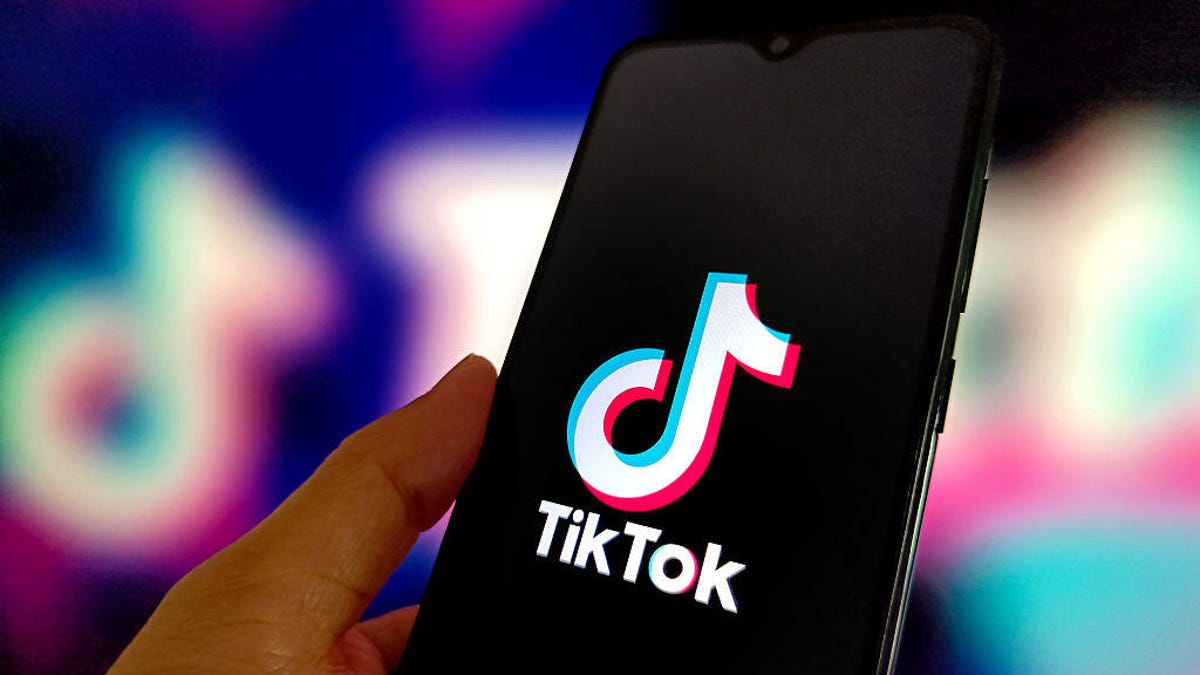
After years of political wrangling, lawsuits, looming bans and uncertainty for millions of people, TikTok’s long-running dramatic saga might finally conclude this week. Treasury Secretary Scott Bessent said Sunday that US President Donald Trump and Chinese President Xi Jinping are expected to «consummate» a long-negotiated agreement on Thursday, allowing TikTok to continue operating in the US under new ownership terms.
Don’t miss any of our unbiased tech content and lab-based reviews. Add CNET as a preferred Google source.
«The details are ironed out,» Bessent said, stating that his purpose in the negotiations was «to get the Chinese to agree to approve the transaction» and that it was «successfully accomplished.»
It’s possible, of course, that Thursday could come and go without a TikTok deal finalization. Dates and deadlines have been flexible along the way. Trump set numerous deadlines for changes involving TikTok and has bumped those dates several times. TikTok went briefly offline in January hours ahead of a planned ban, but returned the next day.
Read also: TikTok Introduces Parental Controls, Fact-Checking and AI Moderation Features
TikTok’s controversial history in the US
TikTok’s political rollercoaster began in 2020, when Washington first raised alarms about the app’s Chinese ownership and potential data vulnerabilities. Congress passed a 2024 law forcing ByteDance, TikTok’s Beijing-based parent, to divest its US operations or face a total ban. Since then, the video-sharing site has faced multiple executive orders, court challenges and failed acquisition attempts.
The time to make a deal has been running out. The US Supreme Court upheld the divestment order earlier this year, rejecting arguments that a ban would violate free speech. That ruling pushed both sides back to the negotiating table, but there have been numerous delays and shifts to the TikTok deal deadline over the last few months.
Trump signed an executive order on Sept. 25, allowing the new ownership to be US-based and made up of a majority of American investors and stakeholders.
The all-important algorithm
The White House confirmed in September that TikTok’s algorithm will be operated in the United States and overseen by American tech company Oracle. Private equity firm Silver Lake and Michael Dell, founder and CEO of Dell Technologies, will also be among the investors. In September, Trump said that News Corp founder Rupert Murdoch and his son Lachlan Murdoch will also be part of the ownership group, but CNN later reported that the Murdochs’ media company, Fox Corp, would be the investor, not the two Murdochs individually.
TikTok’s algorithm is a major part of the deal. The algorithm is what recommends content to you while you’re scrolling on TikTok, and it is controversial because of US concerns that ByteDance, TikTok’s original Chinese owner, could be forced by the Chinese government to use those recommendations in pro-Chinese, anti-US ways.
Under the new TikTok deal, the algorithm will be retrained on US user data.
What this means for TikTok users
For TikTok users, the alleged deal could preserve access to an app that has become a cultural mainstay in the US, eliminating the looming threat of a shutdown or spinoff app.
As part of the new arrangement, TikTok’s US user data will remain stored domestically and managed by a dedicated oversight board, which may appease many Americans with concerns about data privacy.
Trump and Xi will meet again in Korea on Thursday, which means a TikTok deal could be announced by the end of this week. However, implementing the deal and changing ownership will likely take months.
Oracle co-founder Larry Ellison is a personal friend of Trump, and some users fear his role with TikTok could mean the algorithm could push right-wing political content to users. A recent NPR story reported that analysts say that this could happen, but they will also need to refrain from alienating the existing audience.
Technologies
Today’s NYT Strands Hints, Answers and Help for Oct. 28 #604
Here are hints and answers for the NYT Strands puzzle for Oct. 28, No. 604.
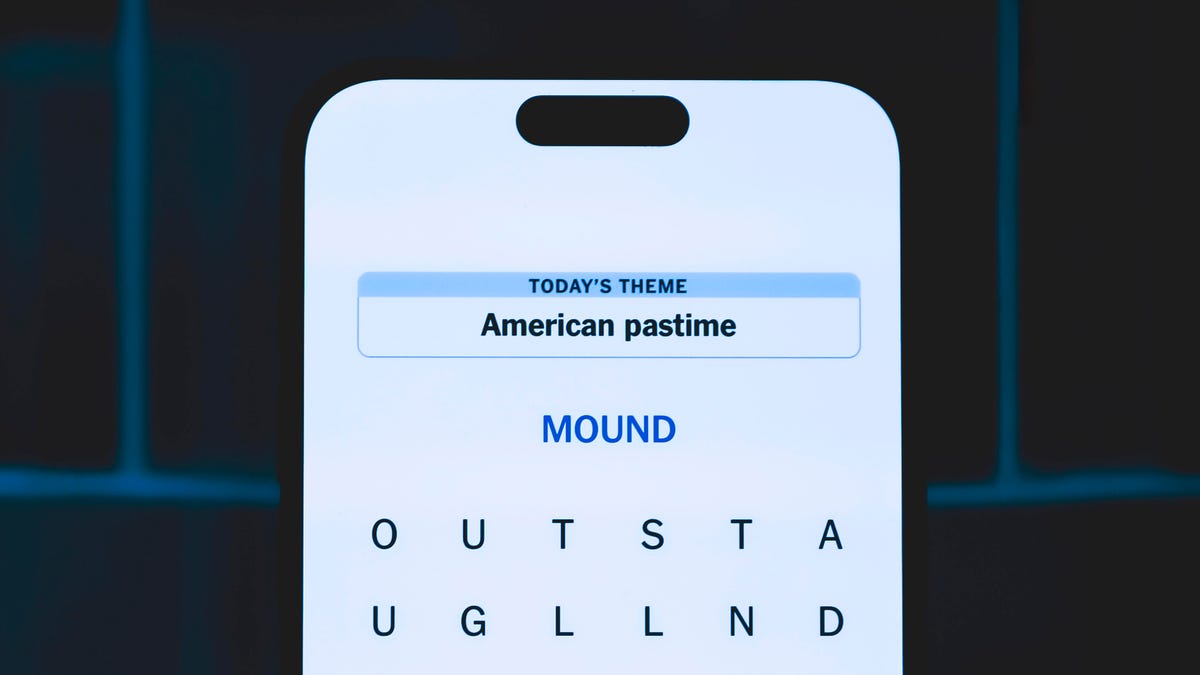
Looking for the most recent Strands answer? Click here for our daily Strands hints, as well as our daily answers and hints for The New York Times Mini Crossword, Wordle, Connections and Connections: Sports Edition puzzles.
Today’s NYT Strands puzzle is a toughie, I thought. At least one of the answers was one I would never have come up with on my own. Some of the answers are a bit tough to unscramble, so if you need hints and answers, read on.
I go into depth about the rules for Strands in this story.
If you’re looking for today’s Wordle, Connections and Mini Crossword answers, you can visit CNET’s NYT puzzle hints page.
Read more: NYT Connections Turns 1: These Are the 5 Toughest Puzzles So Far
Hint for today’s Strands puzzle
Today’s Strands theme is: The write stuff
If that doesn’t help you, here’s a clue: Not pens, but …
Clue words to unlock in-game hints
Your goal is to find hidden words that fit the puzzle’s theme. If you’re stuck, find any words you can. Every time you find three words of four letters or more, Strands will reveal one of the theme words. These are the words I used to get those hints but any words of four or more letters that you find will work:
- PART, RAPT, PENS, SHARP, HARP, DOOM, ROOM, EARN, REAR, REARS, SEAR, FILLER
Answers for today’s Strands puzzle
These are the answers that tie into the theme. The goal of the puzzle is to find them all, including the spangram, a theme word that reaches from one side of the puzzle to the other. When you have all of them (I originally thought there were always eight but learned that the number can vary), every letter on the board will be used. Here are the nonspangram answers:
- ERASER, REFILL, CEDARWOOD, GRAPHITE, SHARPENER
Today’s Strands spangram
Today’s Strands spangram is PENCILMEIN. (Pencil me in, though it looks like «pencil mein.») To find it, start with the P that’s three letters to the right on the top row, and wind over and down.
Technologies
Battlefield 6’s Redsec Mode, Coming Tomorrow, Brings Battle Royale Back to the Series
Time to squad up and drop in on a new map.

The Battlefield franchise returned to its former glory with the release of Battlefield 6 earlier this month. The multiplayer military shooter is about to launch its first season of content and events, which will bring changes to the game as well as a new free-to-play battle royale mode.
Update 1.1.1.0 for Battlefield 6 will start Tuesday morning, and also releasing on the same day is Redsec, the game’s battle royale mode, according to posts from the official Battlefield account on Monday. The first season patch is set to go live at 5 a.m. ET/2 a.m. PT, while Redsec will launch at 11 a.m. ET/8 a.m. PT.
Redsec marks the franchise’s second attempt at a battle royale mode. Battlefield V had the Firestorm mode that launched in March 2019, five months after the game launched. It tried to capture the battle royale craze at the time, but it was largely forgotten by players, especially with the release of Call of Duty: Warzone the following year.
The Battlefield account did not provide many details about the upcoming battle royale mode on the Monday post, other than a 10-second teaser trailer. Developer Battlefield Studios did, however, teased some information last month.
Eyes up.
Plates on.#REDSEC arrives tomorrow at 8:00 PT / 15:00 UTC 🔴
🔔 set reminder: https://t.co/xuRd1LETVr pic.twitter.com/Lpi7sufuay— Battlefield (@Battlefield) October 27, 2025
A Battlefield Labs update from Sept. 10 outlined the testing done by players and some of the changes made before the launch of the mode. According to the developers, Redsec is going to have a new map where players can have access to transport vehicles and could eventually unlock armored vehicles to use during a match. During the test, players joined up in four-person squads, but it’s unclear whether there would be an option to play individually.
Like in Battlefield 6 matches, players can pick their classes before the match starts, but they won’t be able to change in the middle. They’ll be able to gain XP in a game from defeating other players or completing missions, and as they level up, players will unlock new traits to improve their soldier. During a match, the opportunities for destruction are everywhere as walls and buildings can be destroyed to stay within the shrinking ring of the map, which the developers say will be extremely deadly for those who venture outside of it as it collapses.
Before Redsec goes live, the first update to kick off season 1 will drop with a slew of improvements, which include refined animations, better accuracy on weapons, visual upgrades and map fixes to resolve issues that arise while playing a match. A longer list of what’s being changed with this first season was posted on the game’s official X account.
Battlefield 6 is out now for PC, PS5 and Xbox Series X and S consoles.
-

 Technologies3 года ago
Technologies3 года agoTech Companies Need to Be Held Accountable for Security, Experts Say
-

 Technologies3 года ago
Technologies3 года agoBest Handheld Game Console in 2023
-

 Technologies3 года ago
Technologies3 года agoTighten Up Your VR Game With the Best Head Straps for Quest 2
-

 Technologies4 года ago
Technologies4 года agoVerum, Wickr and Threema: next generation secured messengers
-

 Technologies4 года ago
Technologies4 года agoBlack Friday 2021: The best deals on TVs, headphones, kitchenware, and more
-

 Technologies4 года ago
Technologies4 года agoGoogle to require vaccinations as Silicon Valley rethinks return-to-office policies
-

 Technologies4 года ago
Technologies4 года agoOlivia Harlan Dekker for Verum Messenger
-

 Technologies4 года ago
Technologies4 года agoiPhone 13 event: How to watch Apple’s big announcement tomorrow

